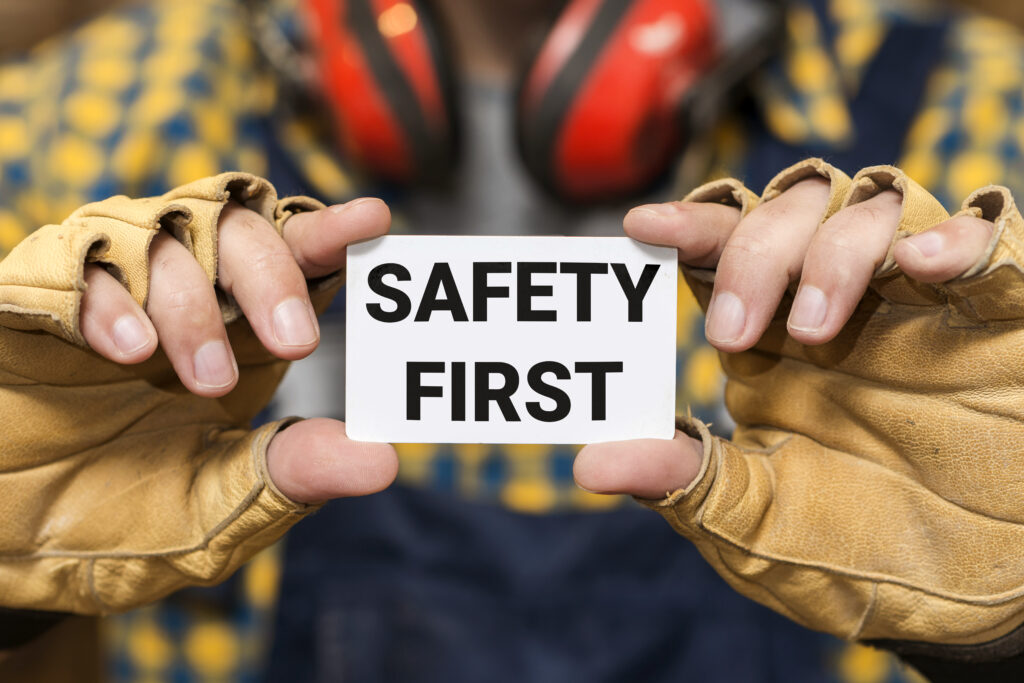
Recently, I had an opportunity to conduct a “reasonable suspicion” drug testing seminar for a group of company owners in the skilled trades and their service managers. It was an outstanding experience for me, and I hope the attendees felt the same! The best learning comes from conversations with the program participants, who share their experiences. Participants revealed situations they had confronted, what they did, what worked, and what did not work when dealing with an impaired person in the workplace. A clear sentiment from the group was that more instruction and guidance is needed.
These experiences have been made more complicated by the increasing legality and availability of potent marijuana, and products containing the psychoactive components of marijuana have created frustration and confusion for many workplace leaders.
- According to the Substance Abuse and Mental Health Service Administration (SAMSHA), 62% or 30 million people 18 or older with a substance use disorder (SUD) are in the workforce.
- Recent surveys reveal that nearly 85% of Americans have used alcohol, while 48% have used marijuana.
- Daily use for alcohol represents 5% of those who drink, while 8% of marijuana users do so daily.
- According to this survey, 2% of alcohol users and 5% of marijuana users report using their drug of choice multiple times per day.
- When someone smokes marijuana, the detectable level of the psychoactive chemical is almost immediately detectable.
- Peak performance deficits are not observed for approximately 90 minutes after inhalation when the detectable has dropped by over 80%.
- The U.S. Department of Labor reports that substance abuse contributes to approximately 65% of on-the-job accidents. Whoa! How does workplace impairment impact the injured worker, the injured worker’s family, the employer, and workers’ compensation insurance?
Because of these data points and others, the ability of an organization’s leadership team to facilitate reasonable suspicion drug testing will become increasingly important over the next few years. To support leaders, organizations must
- Review and revise their drug testing program to comply with relevant laws, regulations, and court decisions.
- Continually educate employees about the company policy and expectations.
- Train those in leadership roles on the testing program, including providing leaders with:
- A checklist used for reasonable suspicion testing
- Consultation resources such as human resources, testing administrator, or assistance program
- Sample documentation forms and training on do’s and don’t of documentation
- Guidance on confrontation strategies
- Instruction on the selection of appropriate collection sites or occupational health clinics
- Guidance regarding escorting an employee to a collection site and arranging transportation home for the employee.
- An explanation of steps taken when the test results are reported to the appropriate organization representative

- Positive results – referral to assistance, suspension, termination?
- Negative results – is further evaluation and medical clearance necessary, arrangements for return to work and compensation for lost time?
The goal of any testing program should explicitly be about creating a safe workplace environment. Reasonable suspicion testing is emotionally and operationally challenging for everyone involved. Policies, procedures, and protocols should be clear, concise, and actively communicated to mitigate the strain.
